Small-ScaleDairy Farming Manual |
Volume 1 |
|
|
|
|
 |
|
|
What should you know about milk preservation ?
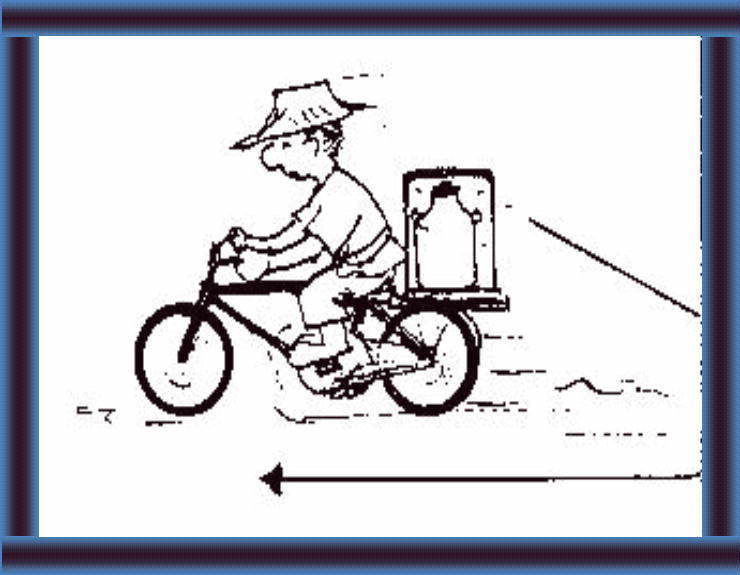 |
What is important in
preserving milk ? (5-7) 1 It is important to make sure that your milk
is:
|
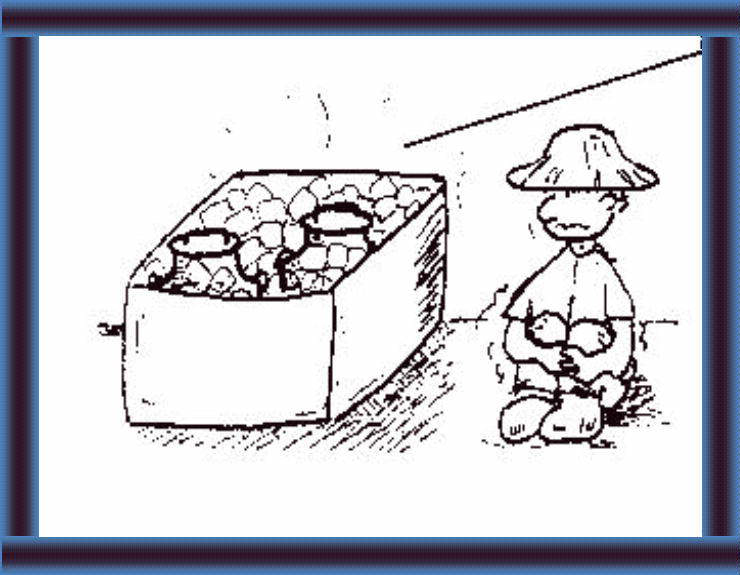 |
Why cool your milk ? (8-25)
2 Keeping your milk cool
|
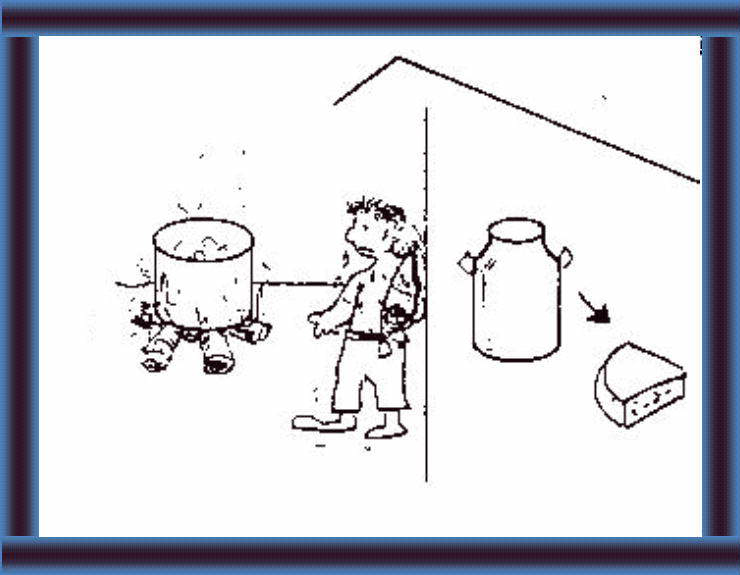 |
Why heat treat and process your milk ? (26-29
3 Heat treatment kills bacteria and your milk
keeps longer.
|
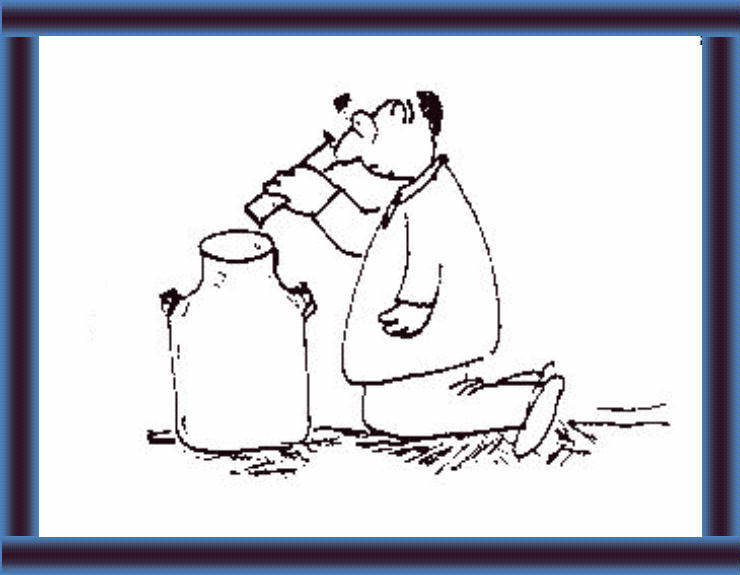 |
Can you use chemicals to preserve your milk ?
(30-49)
4 Yes, but you must ask your extension worker or milk collecting centre for advise |
page 71
 |
5 All of the
ways of preserving milk depend upon the initial hygenic quality of your
milk.
Make sure everything is clean
|
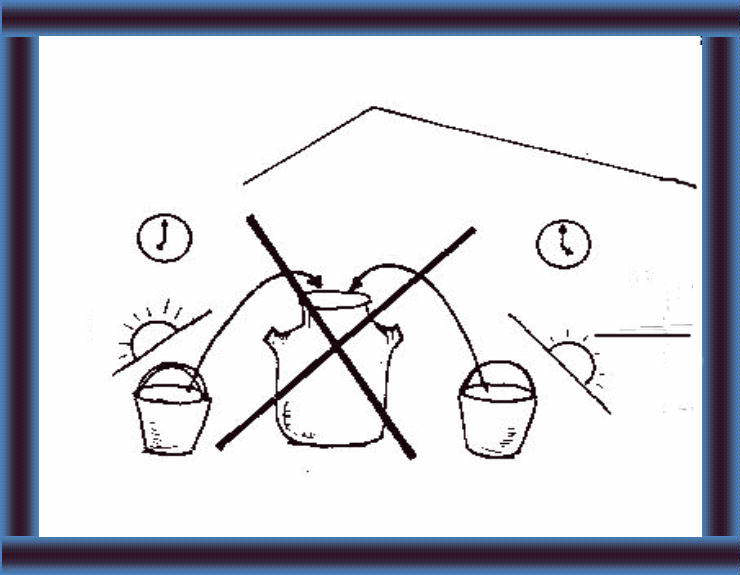 |
6 Do not mix
warm (morning) milk
with cool (evening) milk. Keep it separate for the collecting centre
|
 |
7 Whatever
method of preservation you use,
plan with farmers near you and your collecting centre to deliver the milk in the shortest time possible. |
Why cool your milk?
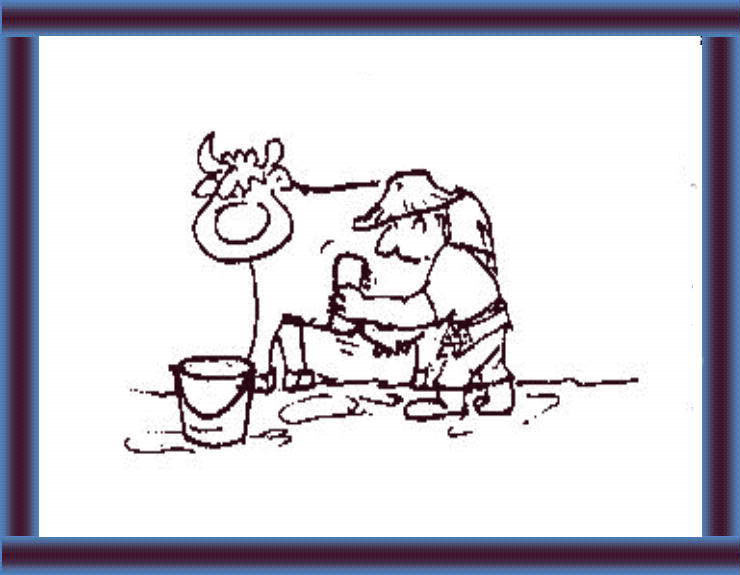 |
8
If everything is clean
and you and your cow are healthy,
your milk will be:
- fresh - good quality - quite stable. |
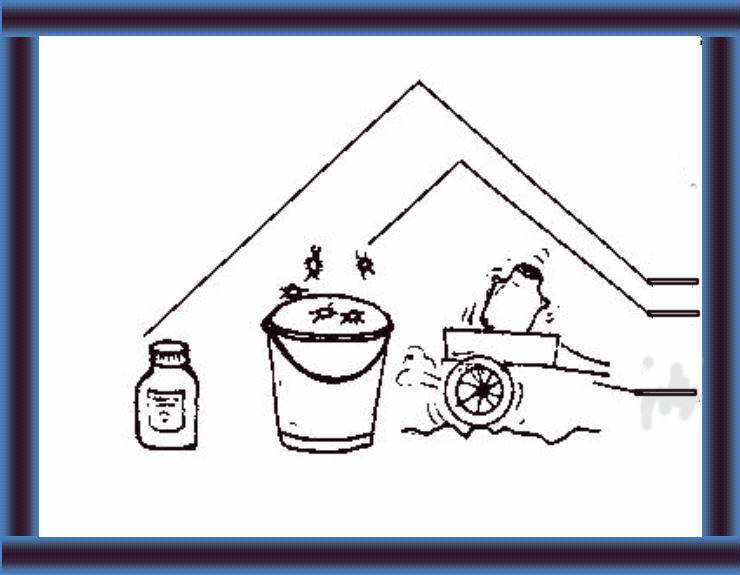 |
9 When you store or transport
your milk
many things can damage it: - chemicals - bacteria - bad handling. |
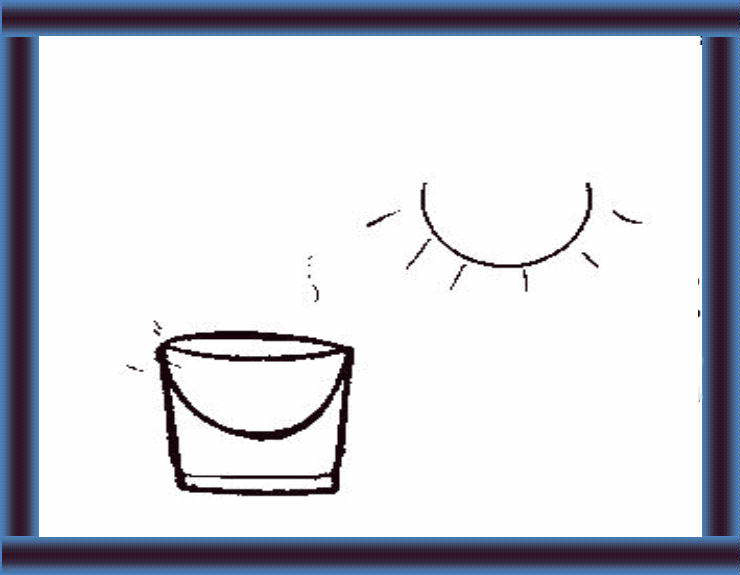 |
10 If your
milk is warm,
there will be more damage from chemicals, bacteria and bad handling. |
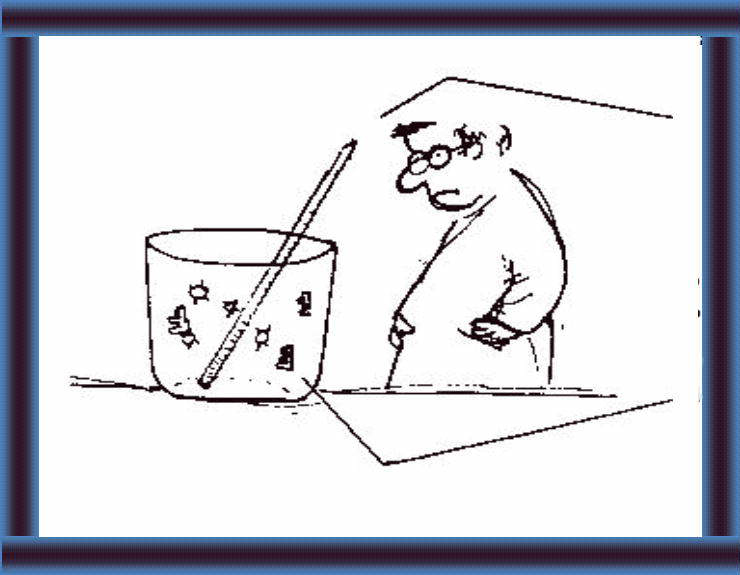 |
11 Temperatures
between 15-40 C
are bad for milk.
There is high enzyme activity and bacteria multiply quickly. |
page 73
 |
12 Keeping
your milk cool reduces damage.
About 4 C is the best temperature to keep milk. |
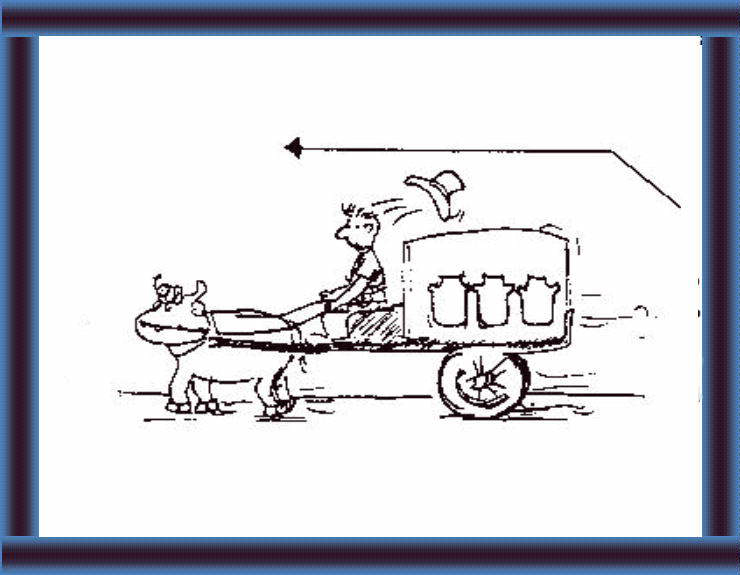 |
13 If you can deliver your
milk
within one to two hours and the milk collecting centre has good cooling facilities, cooling your milk at home is not essential. How long can you keep your milk? |
| 14 This depends
on the:
Temperature and hygiene |
 |
|
|
|
|
|
|
10 20 35 |
good quality poor quality bad quality |
bad quality turned bad turned bad |
very bad quality turned bad turned bad |
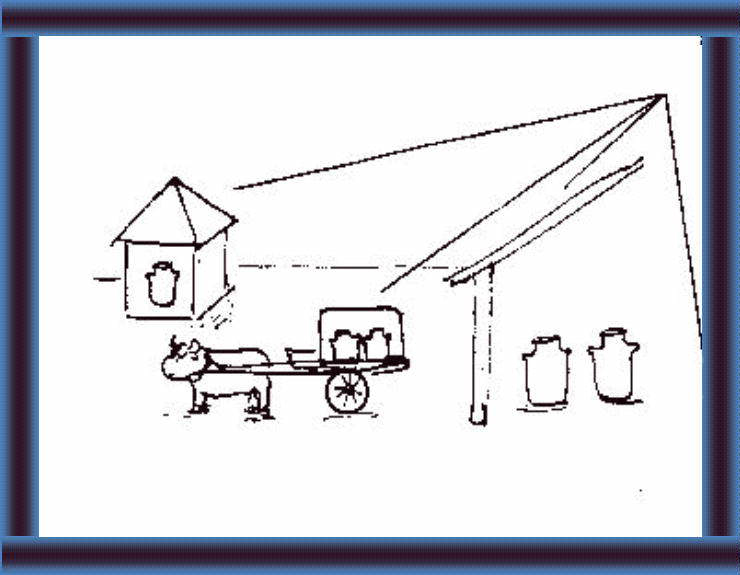 |
15 You can
keep your milk
in the shade
or
|
 |
16 You can
put your milk cans in a well.
If you use the water for drinking, be careful it does not become dirty. |
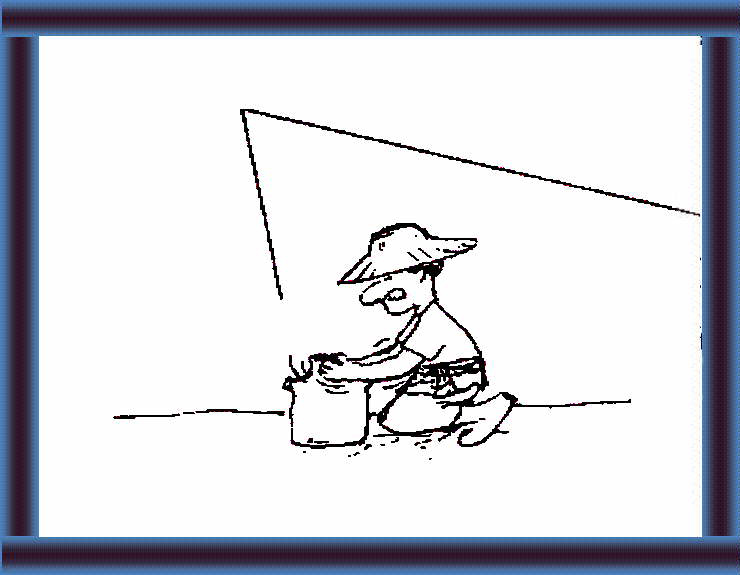 |
17 Make sure the tops are tight or cover with cloth so that water from the well does not get into your milk. |
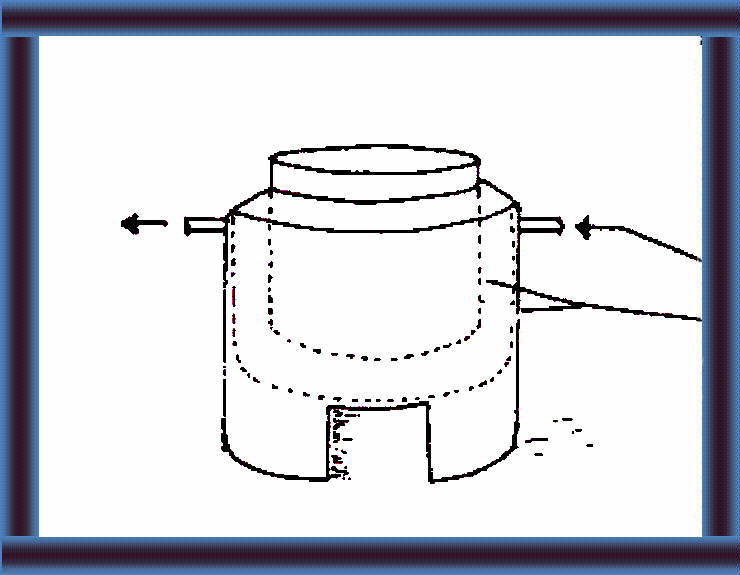 |
19 For large
quantities
of milk,
pass cool water
|
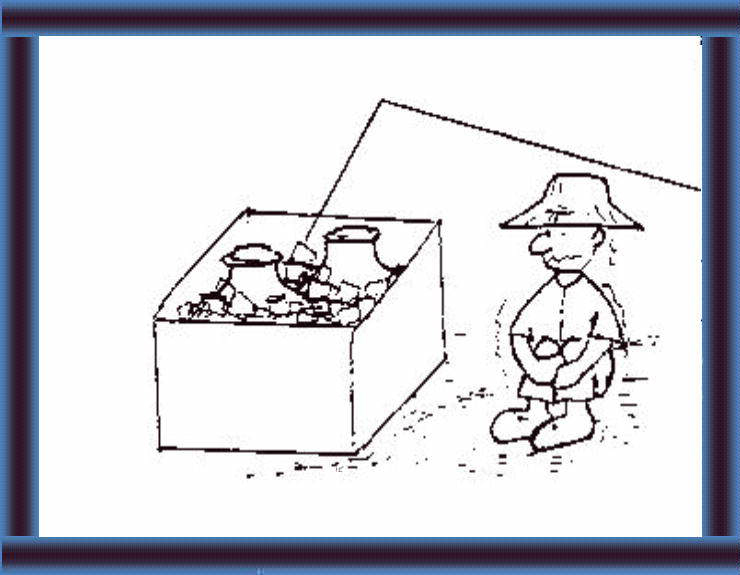 |
20 If ice
is available,
you can use it for cooling your milk. |
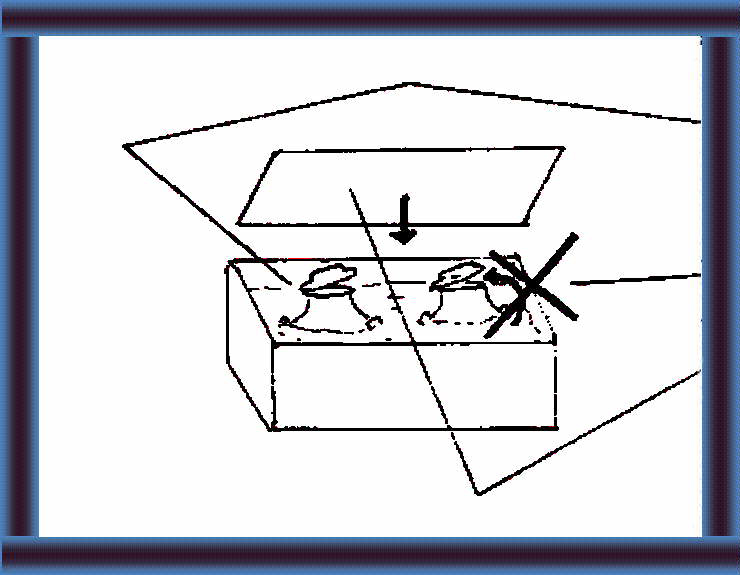 |
21 Loosen
the lids of the cans to allow the air to escape.
Make sure no water gets into the milk. Cover the cooling tank with a lid to protect the milk from insects and dust. |
 |
22 If cool
(10 C or less) running water is
available,
you can pass it through a perforated ring so that it flows over the cans. |
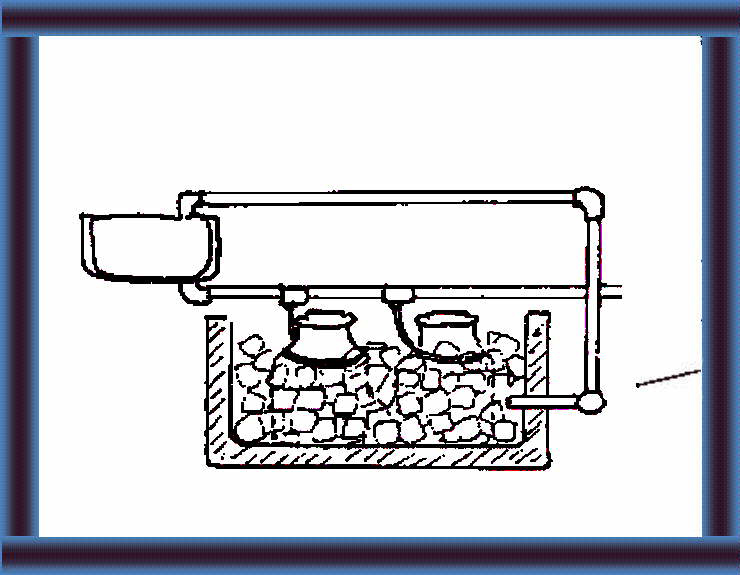 |
23 If you have a big
farm
(400-500 l milk/day), use a mechanical farm cooling tank
|
You can use ice cones
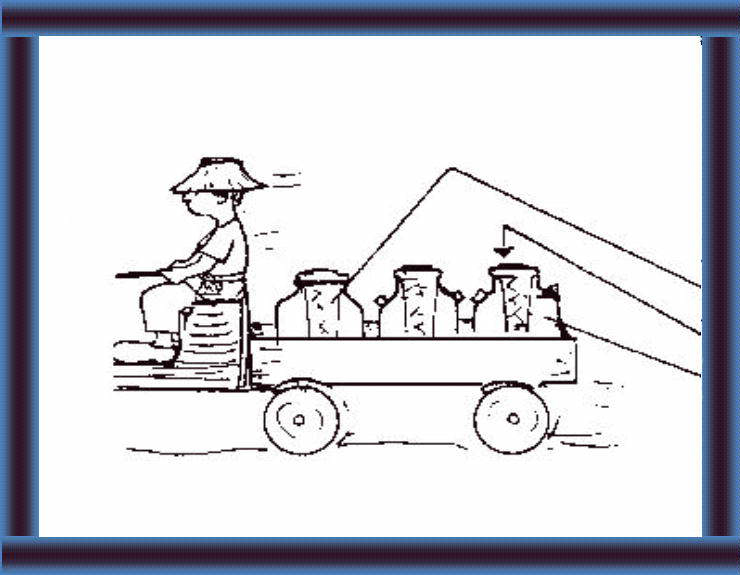 |
24 If you
send small amounts of milk
a long way, you can use ice cones. Fill the cones with crushed
ice
|
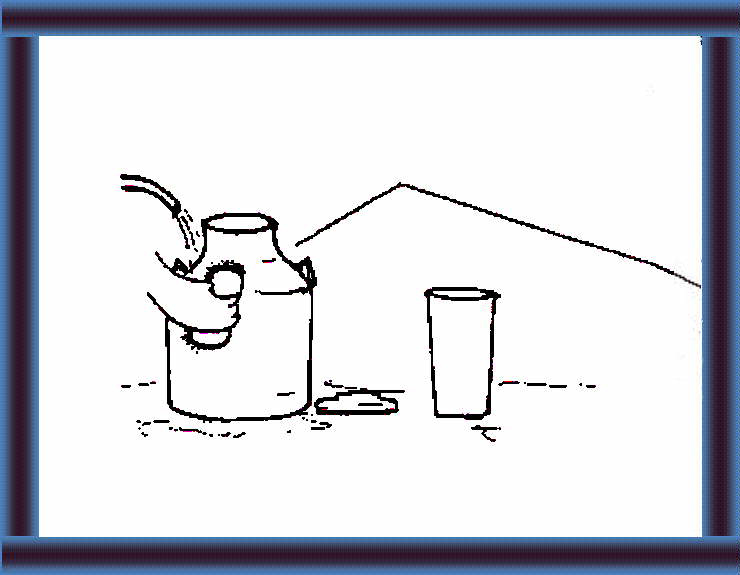 |
25 Clean
the cones
carefully after use and again before use. |
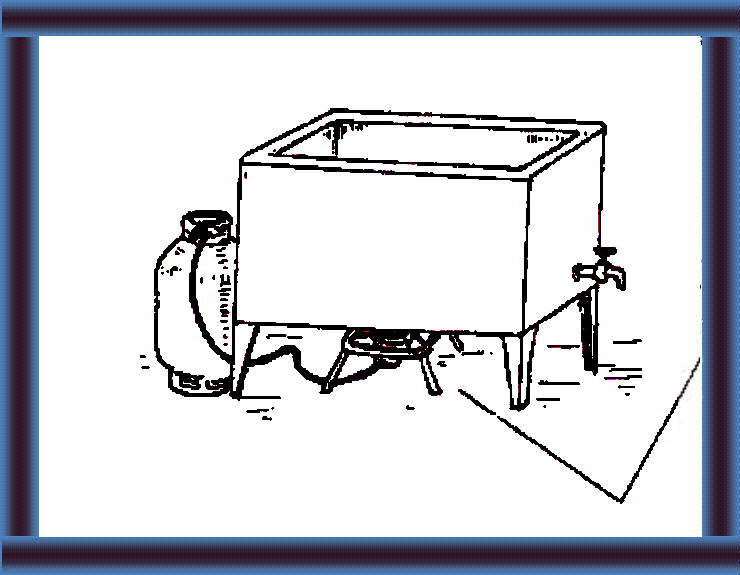 |
26 If you
heat your milk
before storing, you kill many bacteria, so you can keep your milk longer. |
 |
27 Thermatisation
is low heat treatment. As soon as possible
|
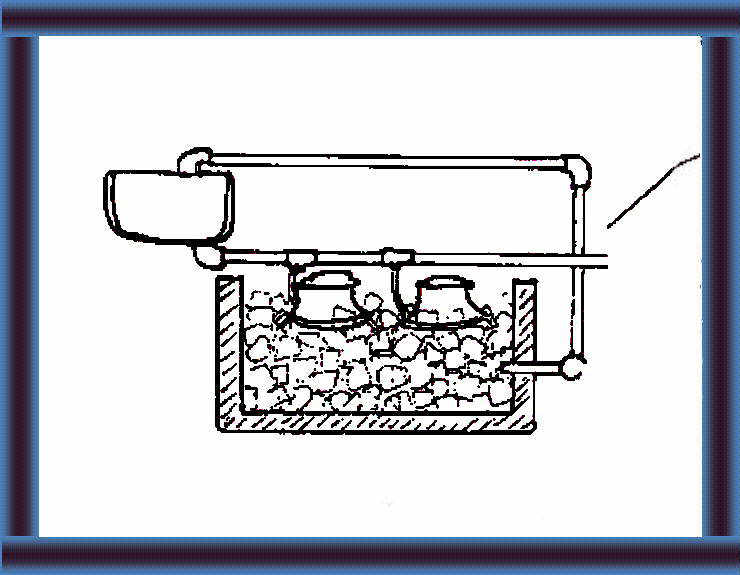 |
28 Then cool down
as fast as possible to under 10 C. (See T.9 Milk Treatment) |
Why process your milk?
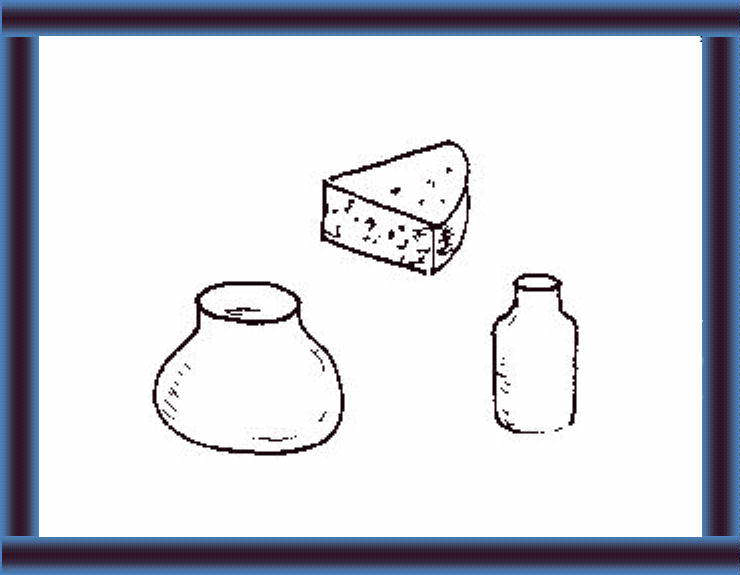 |
29 For quick
local consumption,
you can preserve your milk by processing it into products such as: - cheese - curd - pasteurized milk - yoghurt. (See T.10 Milk Production Manufacture) |
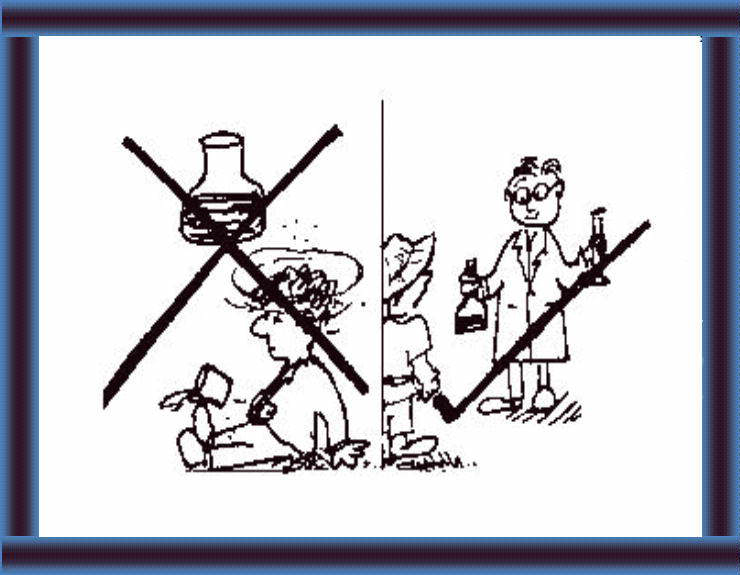 |
30 Yes, but
the milk collecting centre
should advise you because you need to use the correct types and amounts of chemicals. |
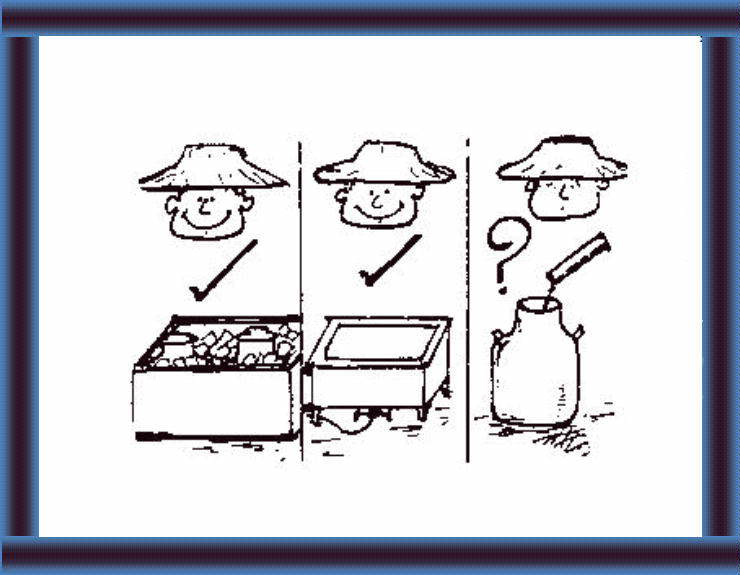 |
31 Only
use
chemicals in your milk if you cannot
cool it.
Heat treat your milk
or
|
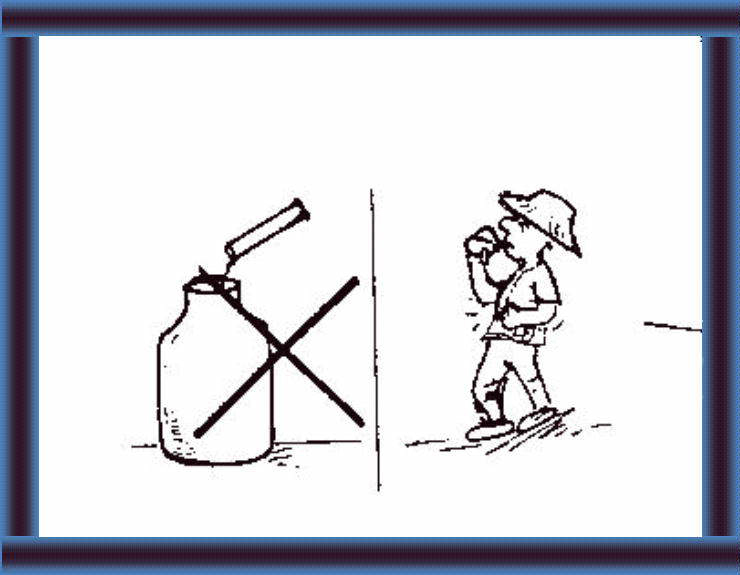 |
32 Only
use
chemicals
in the milk you deliver to a dairy plant. Do not use chemicals
|
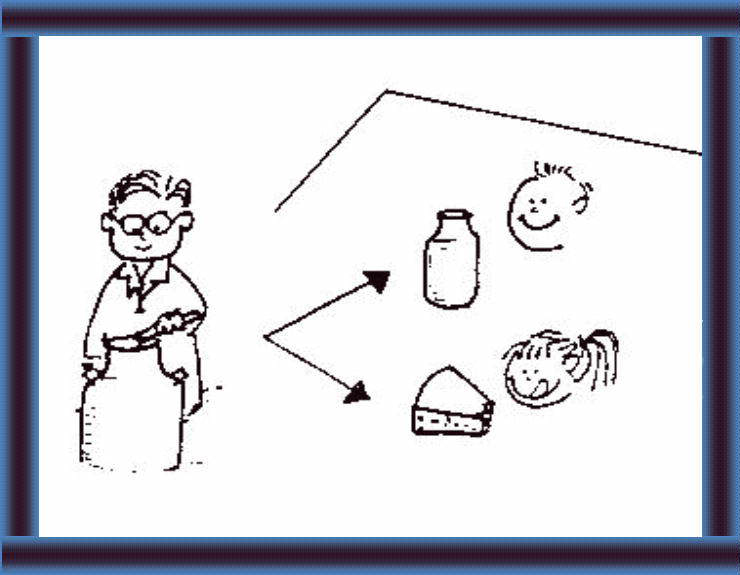 |
33 The dairy plant will
process your milk
|
Is it legal to use chemicals?
 |
34 You must check
if the use of chemicals is legal in your country |
Do chemicals make your milk clean?
 |
35 No,
you cannot change poor quality milk into good quality milk by using chemicals. |
 |
36 Good quality milk comes
from
hygiene and healthy animals. |
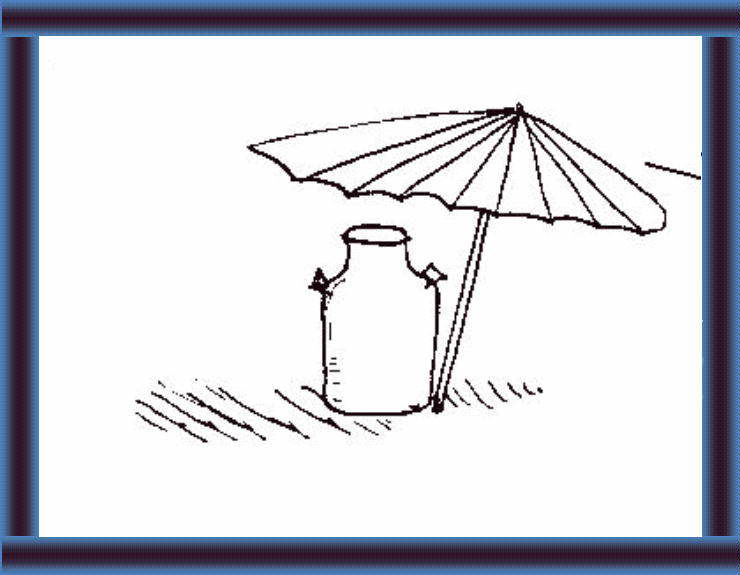 |
37
- keeping your milk cool
|
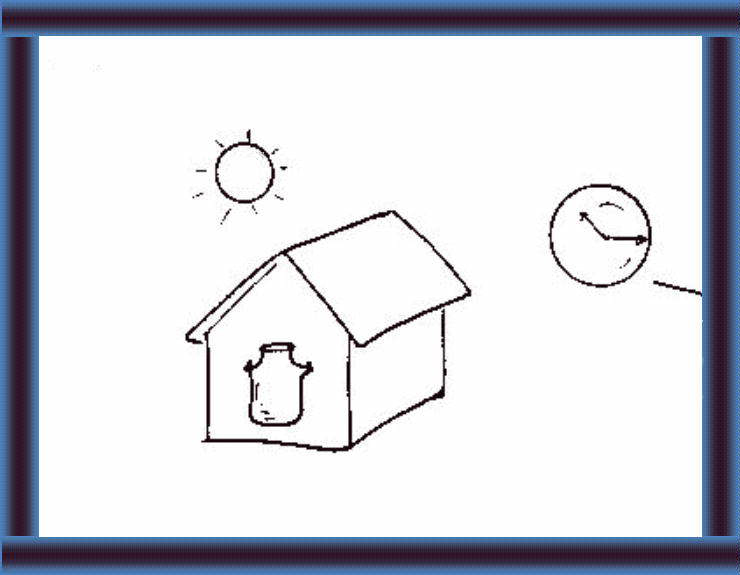 |
38 You can
keep
uncooled milk longer,
|
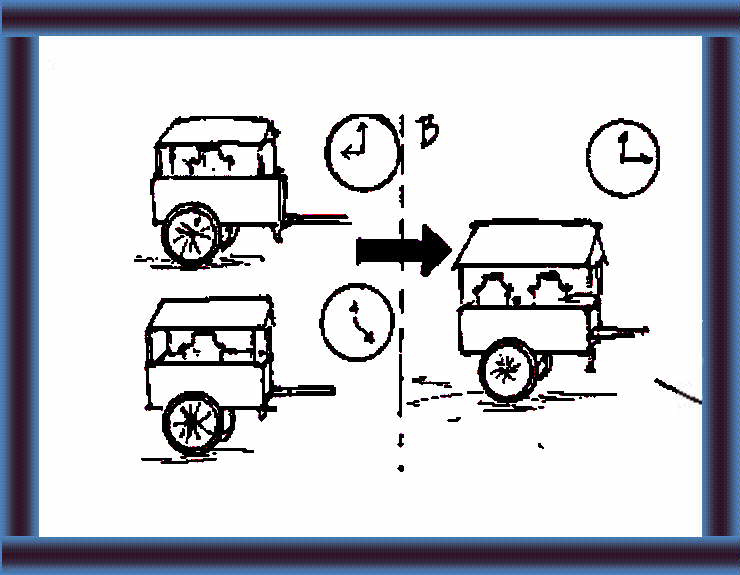 |
39 You can keep
cooled
milk
longer and therefore,
reduce the numberof deliveries. |
 |
40 You can deliver
milk
which spoils and the dairy plant rejects if you do not use chemicals. |
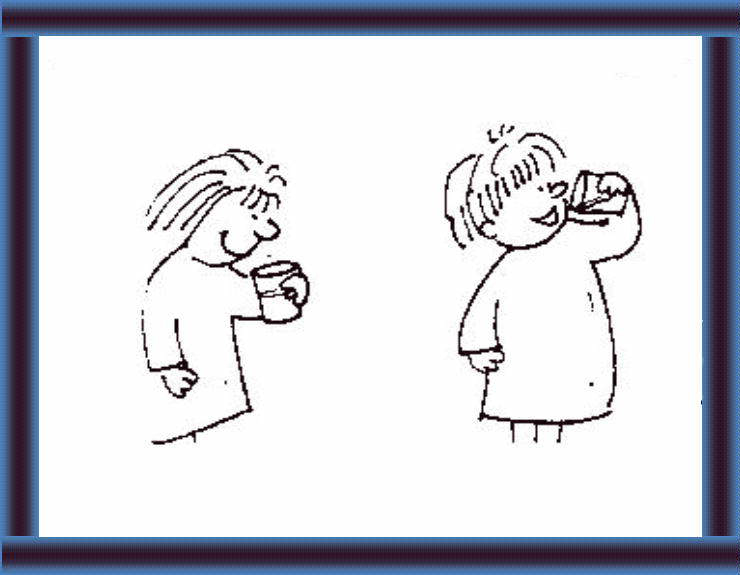 |
41 If you use chemicals correctly, they have little effect on the physical quality of the milk. |
 |
42 Add the correct amount of liquid hydrogen peroxide or solid carbamide peroxide to your milk. |
Important
Ask your extension worker or dairy plant to advise on adding chemicals to your milk.
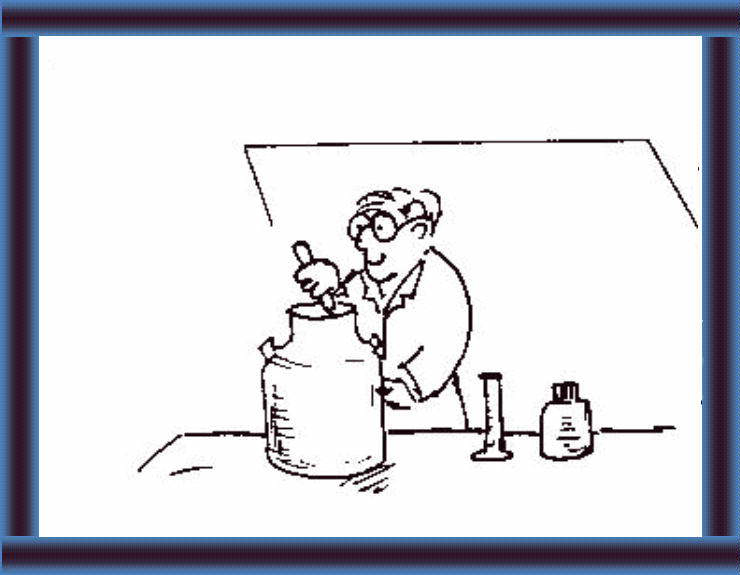 |
43 The dairy plant
gets rid of the peroxide by adding the correct amount of catalase to your milk. |
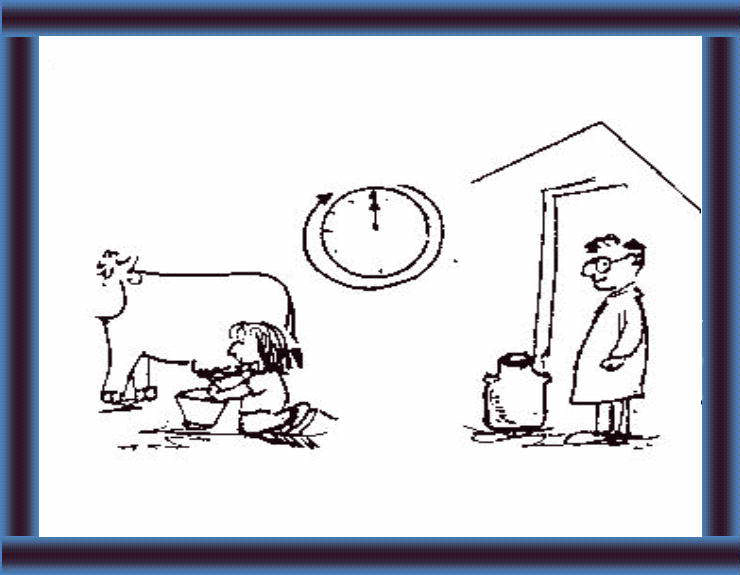 |
44 You can preserve
your milk from 6 to 24 hours
in tropical temperatures if your milk is good quality in the first place. |
page 82
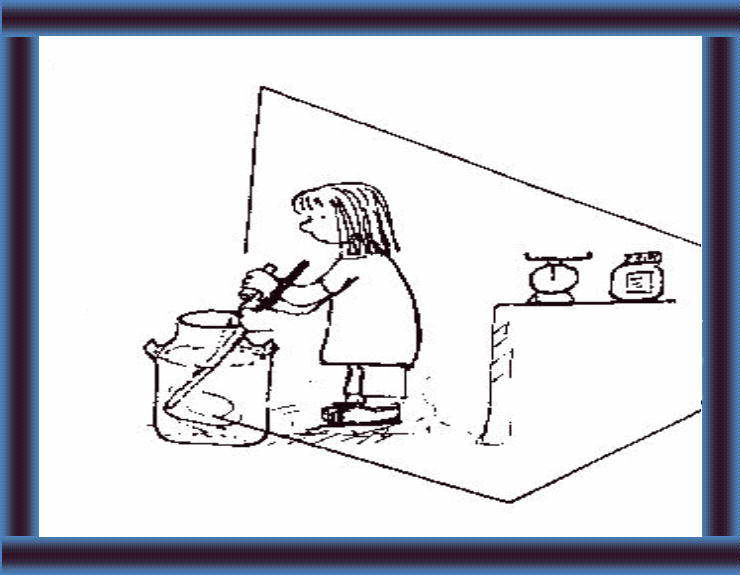 |
45 Within 2-3 hours of milking:
- add 14 mg of sodium thiocyanate for each litre
of milk
|
 |
Important
Add the chemicals in the correct order. |
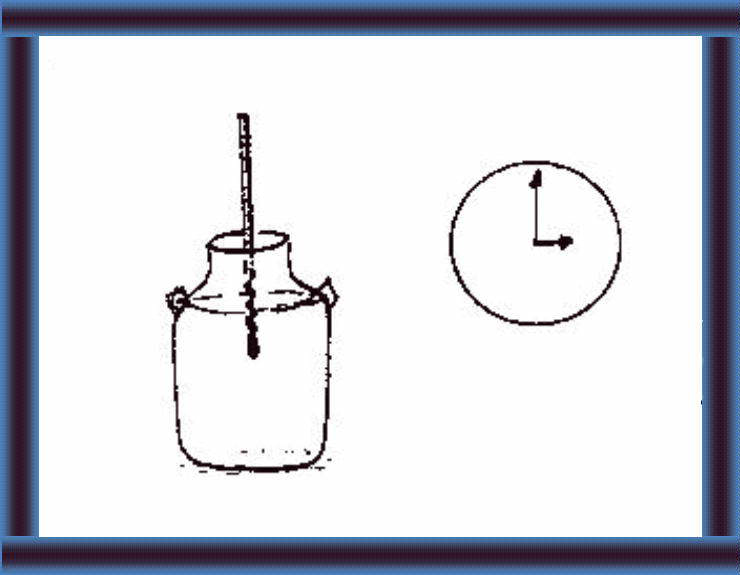 |
46 You can keep your milk
for up to the following times:
|
Remember
 |
47 Use only the
right
amounts of the right
types of chemicals.
Consult
|
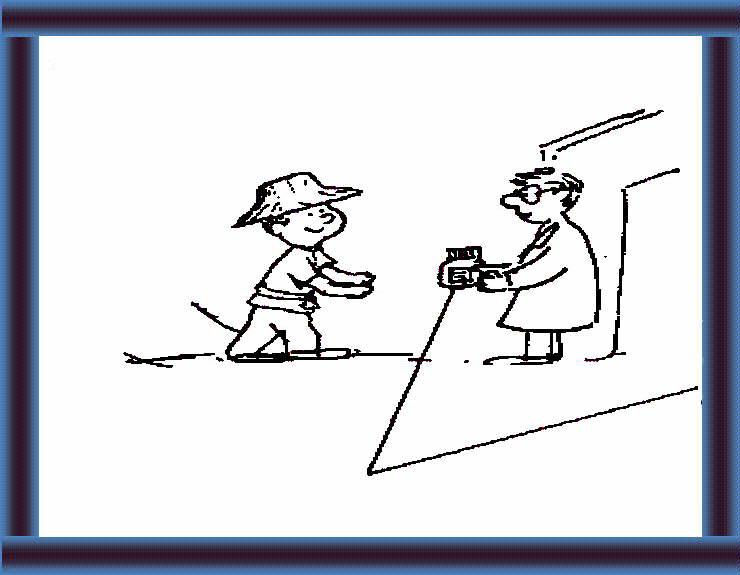 |
48 Make sure you get
new chemicals often. Always check
|
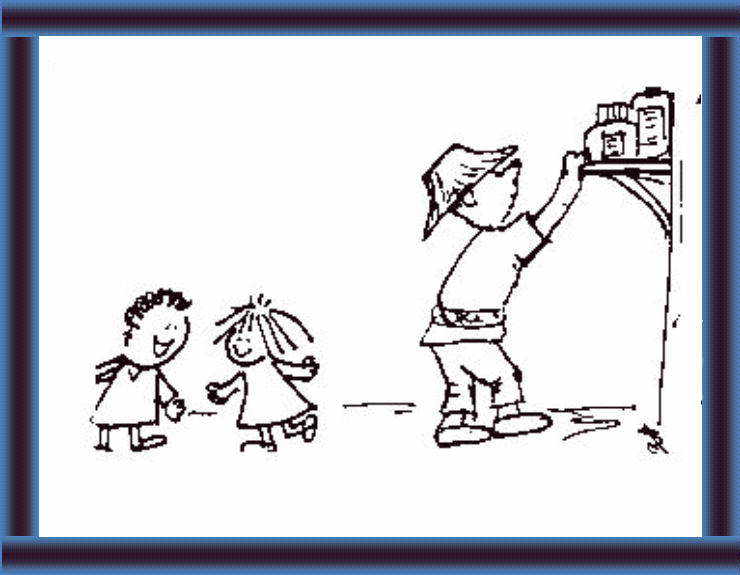 |
49 Keep all
chemicals
out of reach of children and animals and away from food and drinking water. |
|
page 86